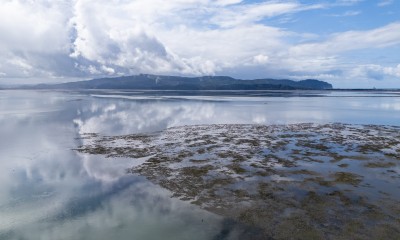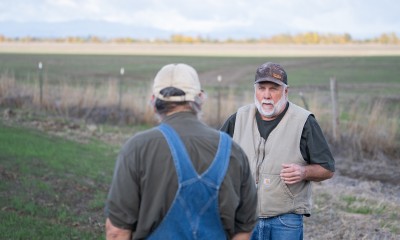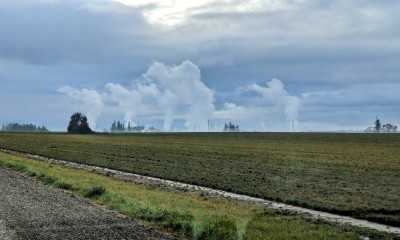Oregon's 19 land use planning goals happen to make good climate strategy.
Climate change contributes to an unstable Oregon: It increases the frequency and severity of wildfire, accelerates drought conditions, and affects all sectors of the economy and ways of life. Changing climate conditions require climate action that helps vulnerable populations and impacted communities adapt to climate change. Oregon’s land use planning system is intended to ensure economic, community, and environmental health through comprehensive land use planning, and meaningful climate action using the land use program has been understood to be among the necessary components to protect the health and future of Oregon.
Land use policy IS climate policy.
For nearly 50 years, Oregon’s land use planning program has helped keep Oregon ahead of the curve when it comes to the effects of climate change. Learn more about why land use planning and climate change mitigation go hand in hand.

Eelgrass is essential to Oregon’s estuaries, biodiversity, and carbon sequestration. But as seagrasses worldwide decline, Oregonians are taking a proactive approach to protecting them, including supporting HB 3580 in this year’s legislative session.

While sustainable energy sources are a pressing need in mitigating climate change, renewables don’t need to come at the expense of farmland.

One of the Portland metro region’s largest employers sought a less-admirable top spot by more than doubling their carbon emissions at their Washington County campus. Not on our watch.



